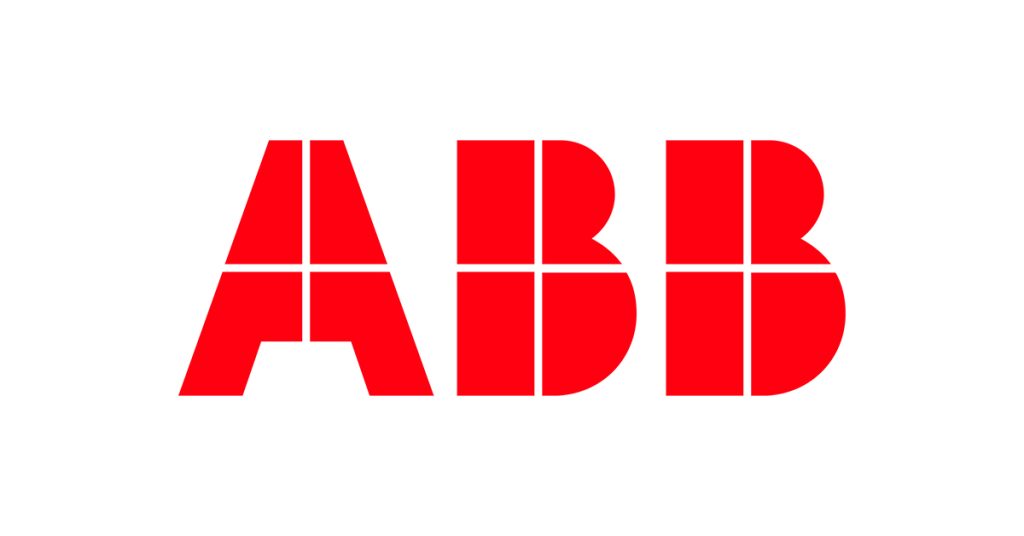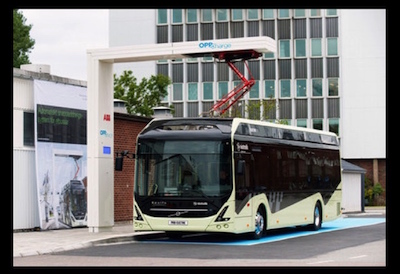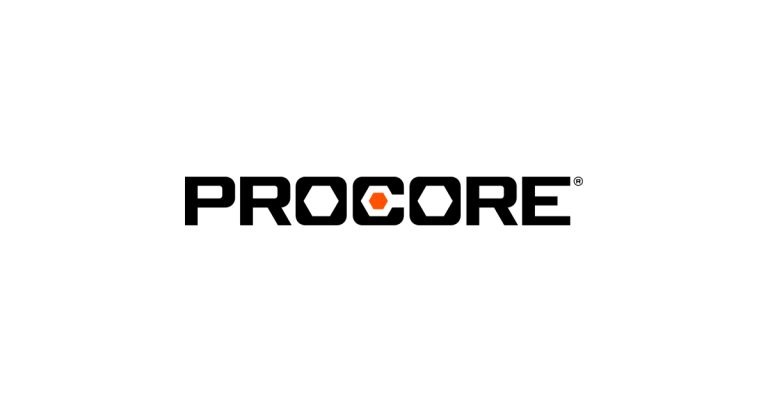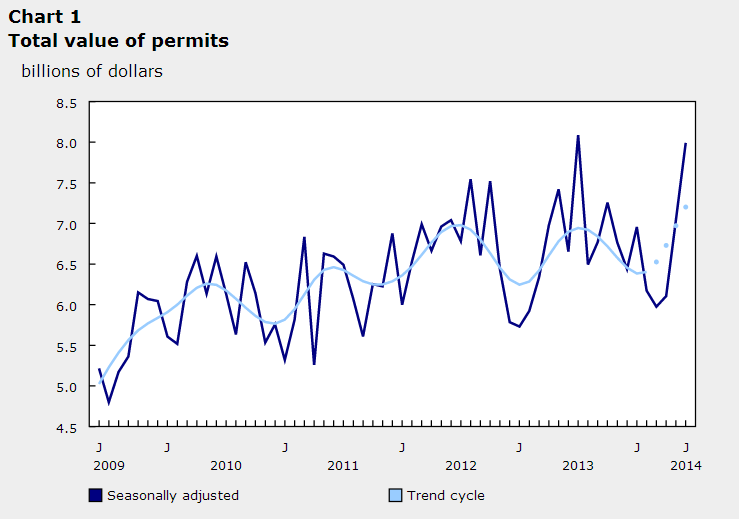On Track for Net-Zero: Decarbonization in North America’s Rail Industry

A discussion with ABB’s Martin Bussiere
December 19, 2023
By Elle Bremmer
In its storied history, the rail industry provided the essential services of transporting both people and goods across North America and was pivotal to the continent’s development. Now, it embraces a future marked again by transformative change with a path to decarbonization. Embracing electrification, renewable energy sources, and advanced technologies, the industry aims to redefine itself as a green, efficient mode of transportation, paving the way for a cleaner, more sustainable future. Le monde de l’électricité en ligne had the pleasure of sitting down and talking with Martin Bussiere, ABB Canada’s Business Development Manager for the North American Rail Segment and Division and Director of the Canadian Railway Club.
The rail industry’s shift towards electric and hybrid solutions is gaining steam across North America. In this first article of the series, Martin breaks down the critical differences between electric, hybrid, and diesel locomotives and explains both the costs and opportunities provided to the industry as it continues to electrify and reduce its carbon footprint.

I first asked Martin to explain some of the key advantages of electric and hybrid trains compared to diesel powered trains, particularly regarding their environmental impact. He explained that one way a train can greatly reduce its impact is by switching to an ‘electricity mode’ in urban or heavily populated areas, reducing sound pollution and environmental impact. He adds that it greatly increases the riders’ experience as well due to “the hybrid and electric train providing a quieter and smoother ride because of the reduced noise and vibration inside the train, so passengers can enjoy a more comfortable journey that enhances their complete overall satisfaction.”
Martin also touches upon the flexibility and the futureproofing offered by electric and hybrid systems.
The hybrid train presents itself as a versatile solution adaptable to evolving rail network requirements. Capable of operating on both electrified and non-electrified tracks, it diminishes reliance on a singular power source, ensuring continuous service, he explains. This consistency and reliability are very important to reduce any downtime for both passengers and goods moving by rail.
This innovation in turn enhances overall service quality and seamlessly integrates into urban environments and in noise-sensitive areas, which could encourage residents and commuters alike to see the train as a viable transportation option moving forward.
He further breaks down the differences between hybrid and electric models, citing advantages for each.
He explains that in a hybrid system, trains feature a dual power source, combining electric and diesel capabilities. This design enhances flexibility in energy sources, enabling smooth transitions between the two systems. This dynamic functionality optimizes efficiency and significantly reduces emissions.
Further, the hybrid train utilizes regenerative braking, akin to the technology utilized in electric vehicles. This mechanism allows the train, much like our electric vehicles, to recover and store energy during braking. This recovered energy is stored in a battery, offering the advantage of surplus energy storage. This stored energy can then be efficiently used during acceleration, enhancing sustainability and operational efficiency while running on electric power. Notably, the system is further enhanced and supported by an intelligent control system.
Martin elaborates: “These trains are equipped with very sophisticated control systems that monitor various parameters such as the consumption, energy performance, and optimal power usage. And with this data-driven approach, we help optimize the train’s performance, reducing fuel consumption and minimizing the environmental impact.”
Following this up, I asked Martin how the rail industry here in Canada has managed to reduce carbon emissions in recent years, and by what amount.
He says that in Canada, rail transportation emits about 4% of the country’s Greenhouse Gas (GHG) emissions, consuming two billion litres of fuel per year. There is a great opportunity here to immensely reduce the industry’s carbon footprint, as there are 26,000 railway crossings and 49,000 kilometers of track across the country, of which less than 1% is electrified. Passenger rail alone transports 88 million people per year. This includes 82.8 million by commuter rail and an additional 5 million via intercity passenger railways.
Adding, “we also move by rail around 328 billion dollars’ worth of goods per year. That’s massive.”
Returning to freight rail, the largest consumer of diesel in the group, Martin emphasizes the potential economization of costs and energy in developing electric and hybrid rail systems.
“If you take a locomotive from a mainline right now, let’s say CP (Canadian Pacific Railway Company), one locomotive consumes around just under 800,000 litres of diesel fuel per year. So, it’s at the cost of around $900,000. If we could reduce this by about 75 percent in cost, the fuel saving would be around a bit less than $700,000 per locomotive that could be done every year. Over a 30-year time frame, this amounts to a fuel savings of around $30 million.”
He says that Canada has around 3,000 locomotives in operation today, so if this $30 million is again multiplied out, we find an estimated fuel cost savings of 50 billion dollars. This doesn’t even account for the estimated increase in diesel fuel costs in the future.
That [cost-savings estimate] does not factor in projected increases in the price of diesel, changes in GTK (Gentrack Group, NZSE: GTK) which has seen a compound annual growth rate of 2.4% since 1990, or efficiency improvements [in which] the US EIA projects that petroleum diesel prices will increase by 21% by 2030 and by 27% by 2035. By comparison, electricity prices tend to be much more stable over long timeframes.
Martin adds, “What’s playing against that is the cost of electrifying the existing infrastructure.”
Less than one percent of Canada’s railway tracks are currently electrified, due to the high cost of implementation. Project costs vary based on factors like tunneling necessity and corridor specifications. He says that the expenses range from a minimum of 38 million to a maximum of 641 million per kilometer for all ongoing electrification initiatives in Canada as of today.
“Ultimately,” he says, “to save these $50 billion in fuel over 30 years, a tremendous investment is required for the infrastructure to become electrified.”
Despite this however, Martin emphasizes again the great efficiency found in rail transportation:
“Once dominated by passenger transportation, emissions are increasing as a result of the movement of freight. Emissions from freight are projected to exceed those from passenger transportation by 2030. On a tonne-kilometer basis, rail is the most common method of transporting freight domestically (44%, versus 33% by truck). Yet, the rail sector accounts for only 4% of Canada’s total transportation related GHG emissions, and 98% of these emissions are because of the transportation of freight. This is a testament to the fuel efficiency of this mode.”
However, the actions taken towards rail decarbonization by both private companies and provincial and federal governments represent incremental strides. It is a formidable challenge to transition freight locomotives away from their dependence on diesel fuel. This complexity arises from the substantial energy requirements that will need to be replaced, coupled with the nascent stage of development for most potential zero-emission technological solutions.
In conclusion, the rail industry is spearheading major changes through its decarbonization efforts. As explored in our conversation with Martin, the shift toward electric and hybrid trains in North America signifies a pivotal moment. Despite facing challenges such as the high initial costs of electrification projects, the potential for substantial fuel savings and environmental benefits is immense. These advancements underscore a collective commitment to a cleaner, more efficient future for rail transportation, leading to further innovations and environmental stewardship down the line.
Come back for part two where we take a deep dive into Martin’s article to discuss the Canada Rail Pathways Initiative and technological initiatives it will take to reduce rail carbon intensity.
Read more from Martin in his article HERE about the decarbonization of the rail industry.











